RESTORATION FORTH
RESTORATION FORTH
Launched in 2022, Restoration Forth is working with local communities to restore seagrass and oyster habitats to the Firth of Forth. The project aims to create a marine restoration toolkit to empower communities to lead on community marine restoration projects and influence Scottish Government policy for stronger marine habitat protection.
The original three-year (2022-2024) programme has been made possible by funding from Aviva, the ScottishPower Foundation, the Moondance Foundation and supported by the Scottish Government’s Nature Restoration Fund, through Scottish Marine Environmental Enhancement Fund (SMEEF) facilitated grants.
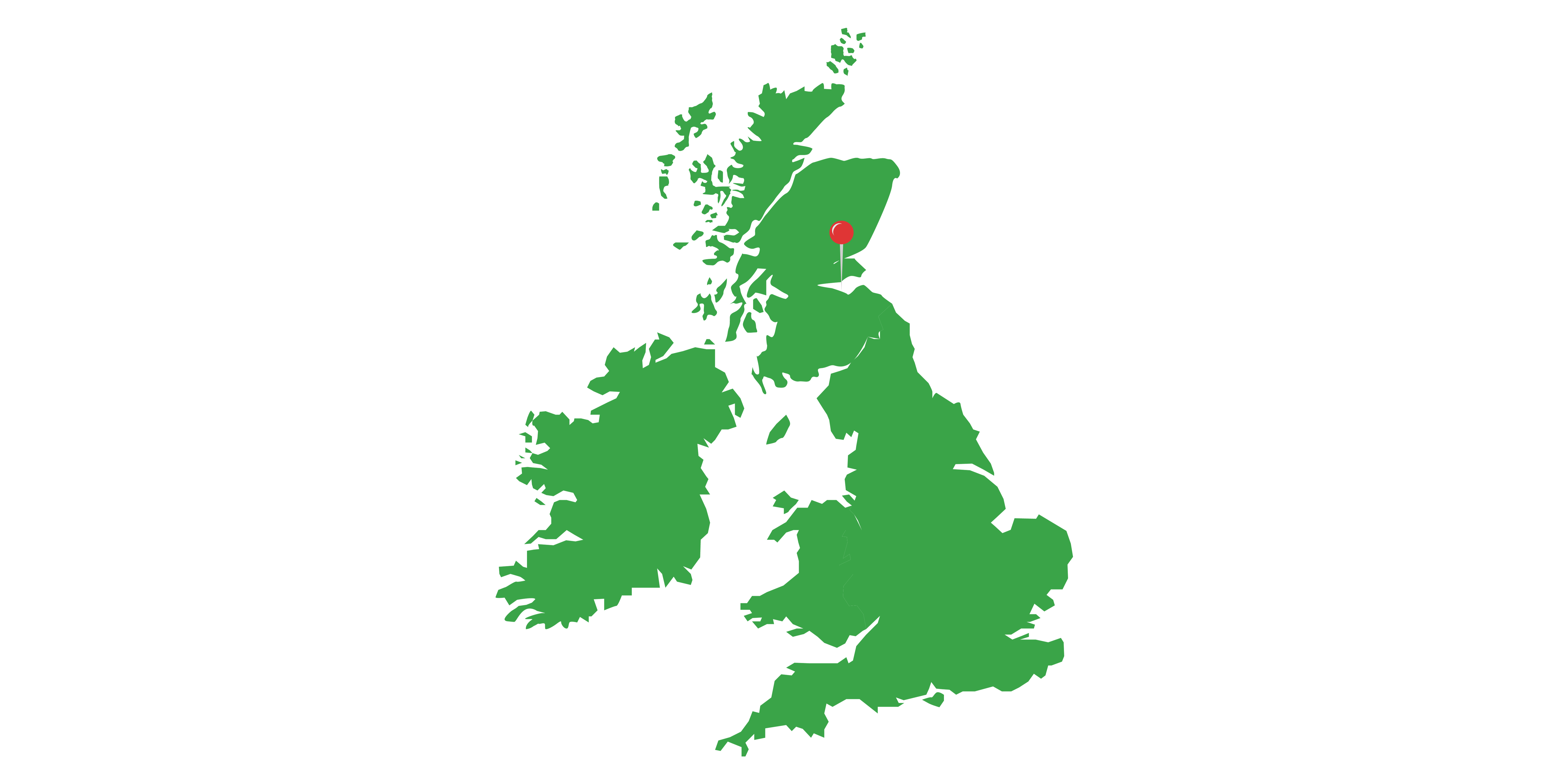
PARTNERS



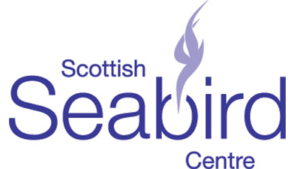

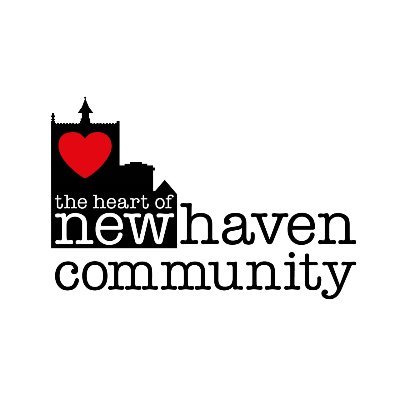

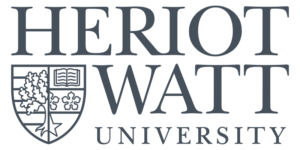
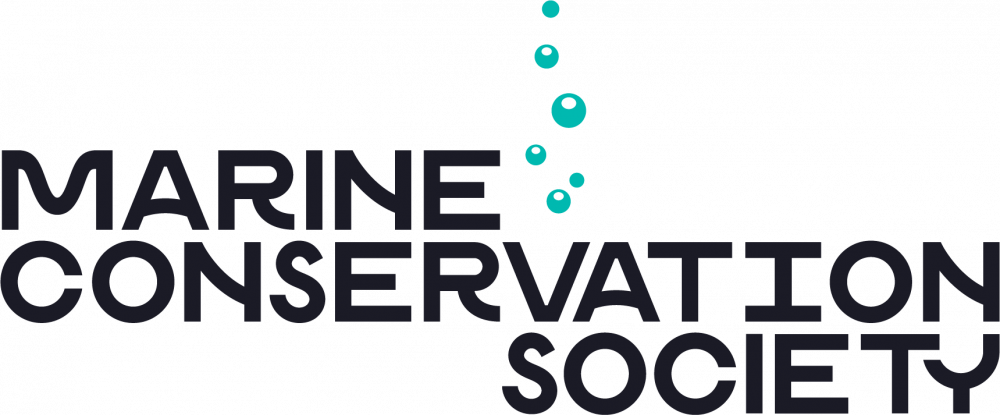
FUNDERS

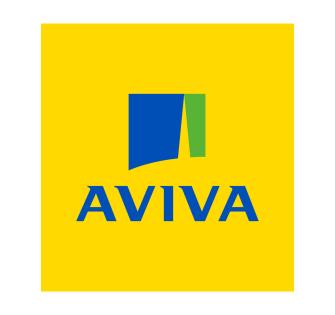
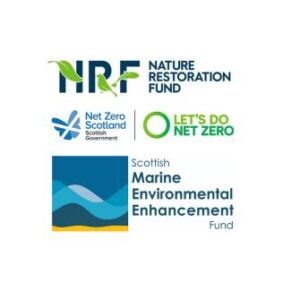
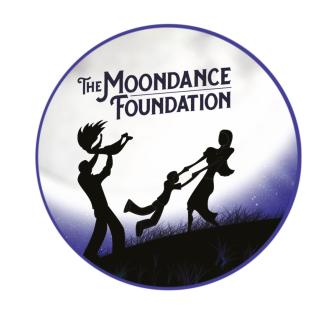
Launched in 2022, Restoration Forth is working with local communities to restore seagrass and oyster habitats to the Firth of Forth. The project aims to create a marine restoration toolkit to empower communities to lead on community marine restoration projects and influence Scottish Government policy for stronger marine habitat protection.
The original three-year (2022-2024) programme has been made possible by funding from Aviva, the ScottishPower Foundation, the Moondance Foundation and supported by the Scottish Government’s Nature Restoration Fund, through Scottish Marine Environmental Enhancement Fund (SMEEF) facilitated grants.

PARTNERS









FUNDERS




Since 2020 Project Seagrass has been working with NatureScot and the Royal Botanic Garden Edinburgh on some of the national guidelines and scientific research that would underpin a community-led approach to a seagrass restoration programme for Scotland.
In 2021 a steering group was formed to bring together interested parties to undertake a major marine restoration programme in the Firth of Forth. By 2022, the Restoration Forth partners completed habitat suitability assessments and comprehensive stakeholder consultations to determine the restoration sites and began working with communities both around the Firth of Forth and in Orkney where the seeds are collected.
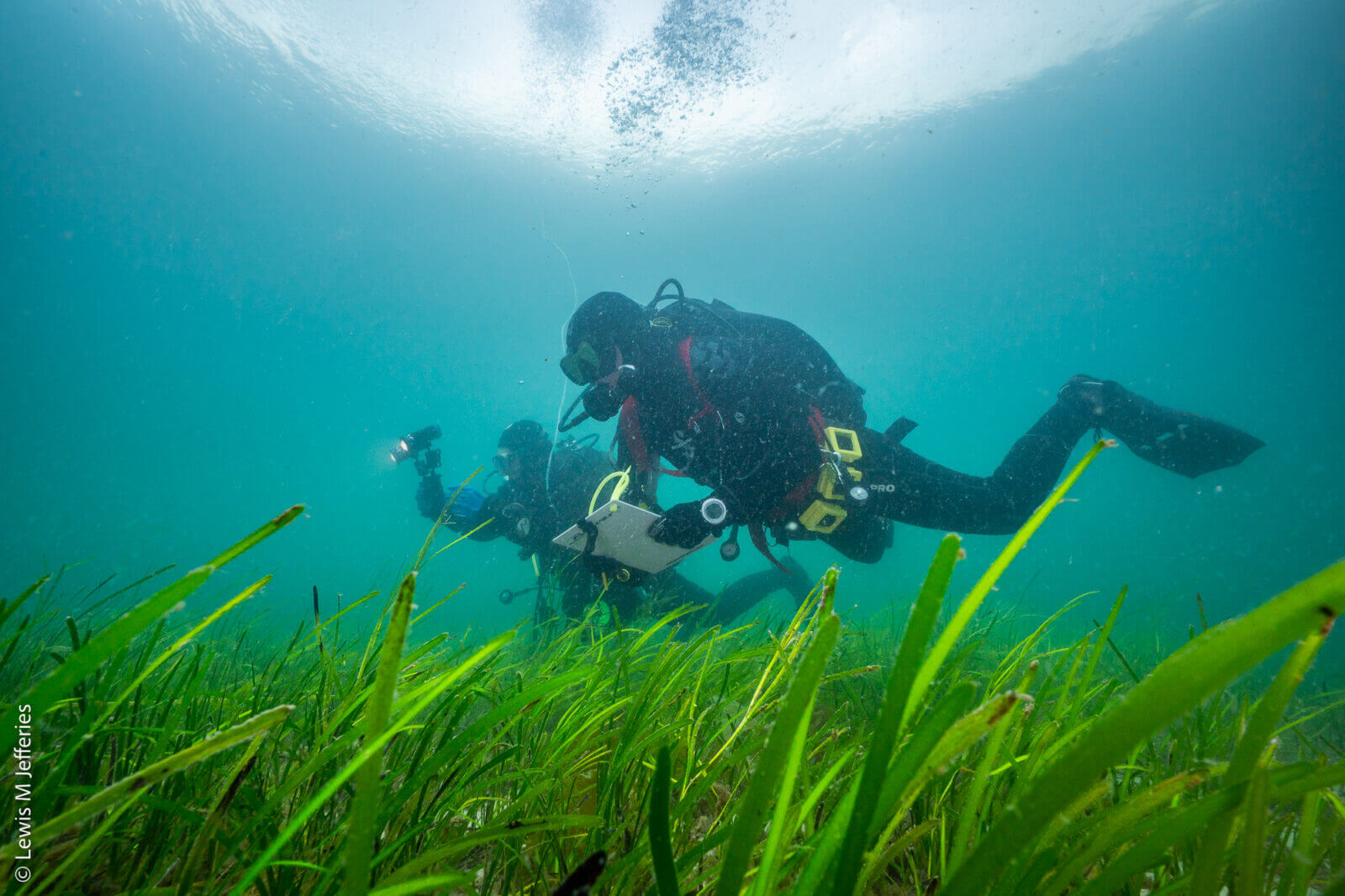
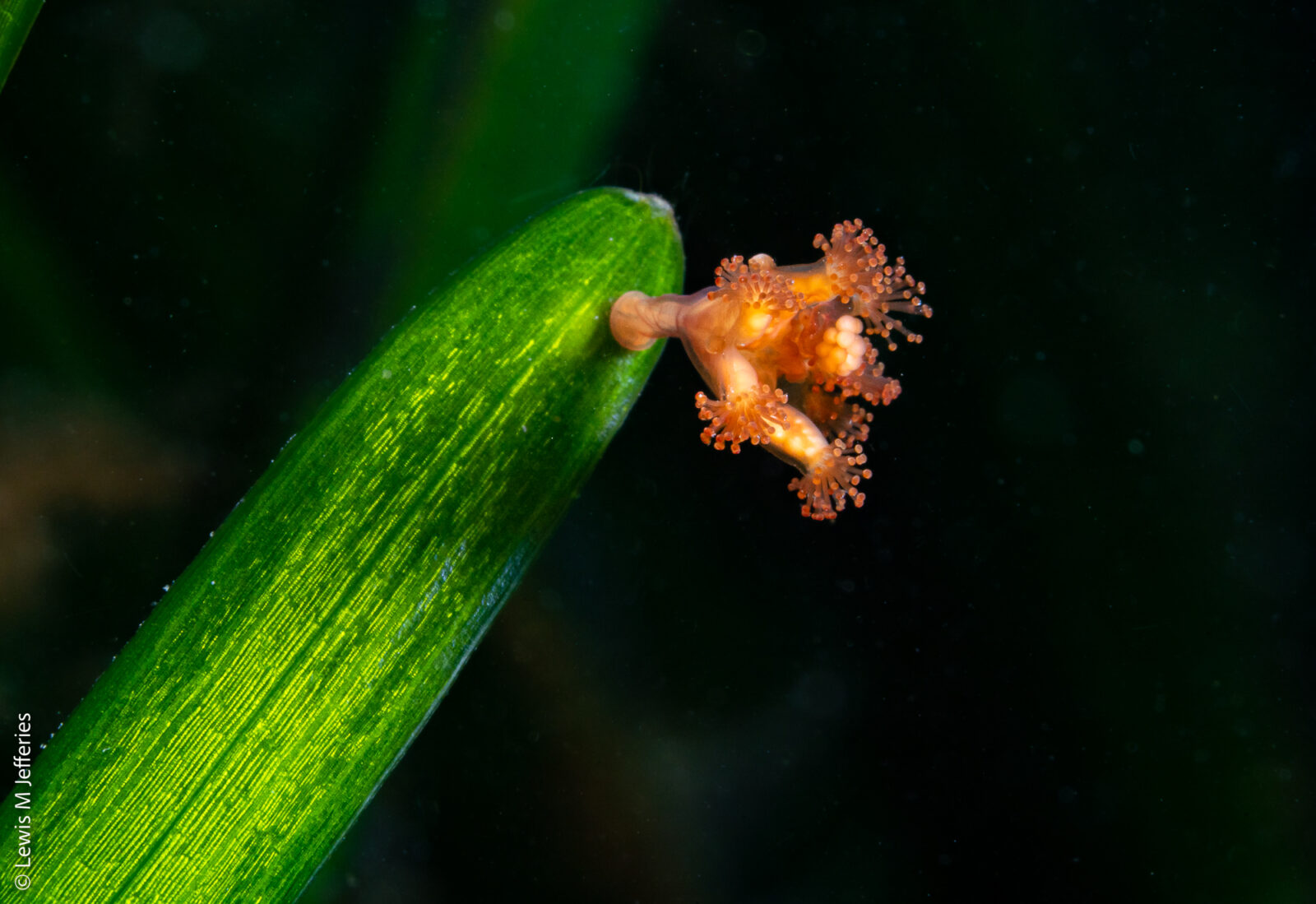
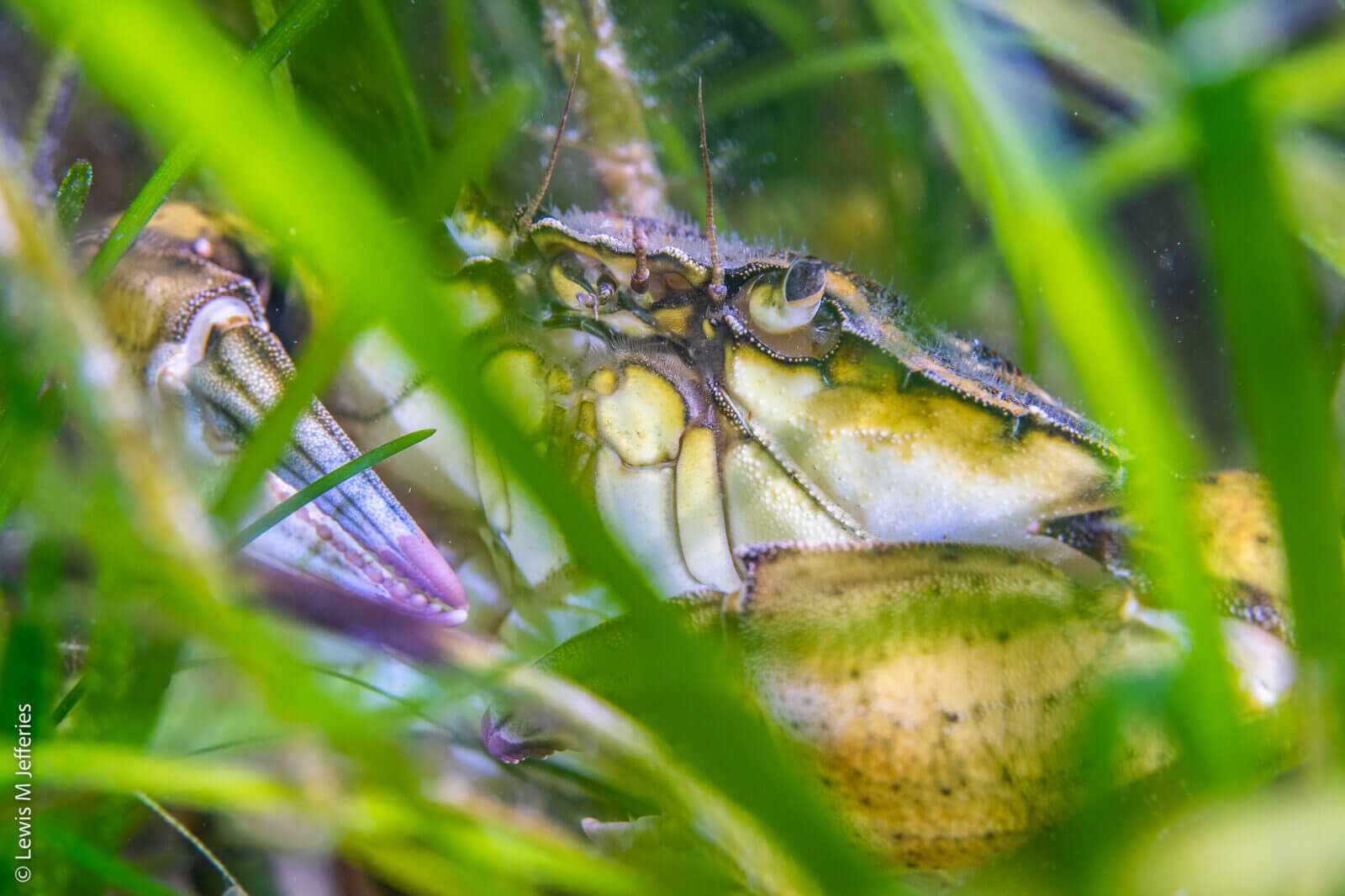
By the end of 2023, the Restoration Forth project will have restored both common eelgrass, Zostera marina, and dwarf eelgrass, Zostera noltii, across 1 hectare of the Firth of Forth’s intertidal flats and will have deployed 20,000 native oysters in the deeper waters. A community skills development programme will have been rolled out to give communities the tools and skills needed to run community restoration projects.
Following the successful germination of our seagrass restoration trails, with help form local communities we will scale up our efforts to restore 4ha of seagrass within the Firth of Forth as well as deploying 30,000 native oysters.
By the end of 2023, the Restoration Forth project will have restored both common eelgrass, Zostera marina, and dwarf eelgrass, Zostera noltii, across 1 hectare of the Firth of Forth’s intertidal flats and will have deployed 20,000 native oysters in the deeper waters. A community skills development programme will have been rolled out to give communities the tools and skills needed to run community restoration projects.
Following the successful germination of our seagrass restoration trails, with help form local communities we will scale up our efforts to restore 4ha of seagrass within the Firth of Forth as well as deploying 30,000 native oysters.


